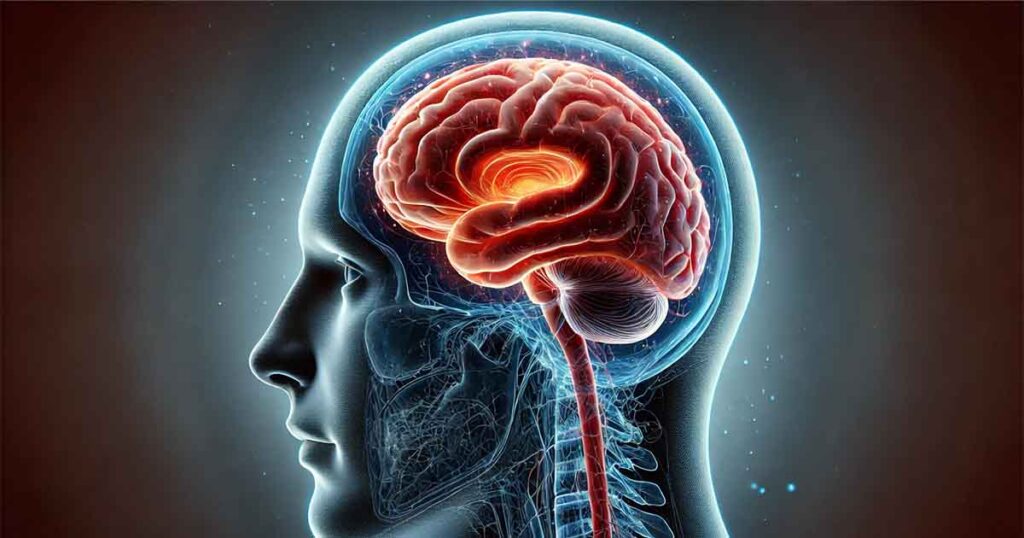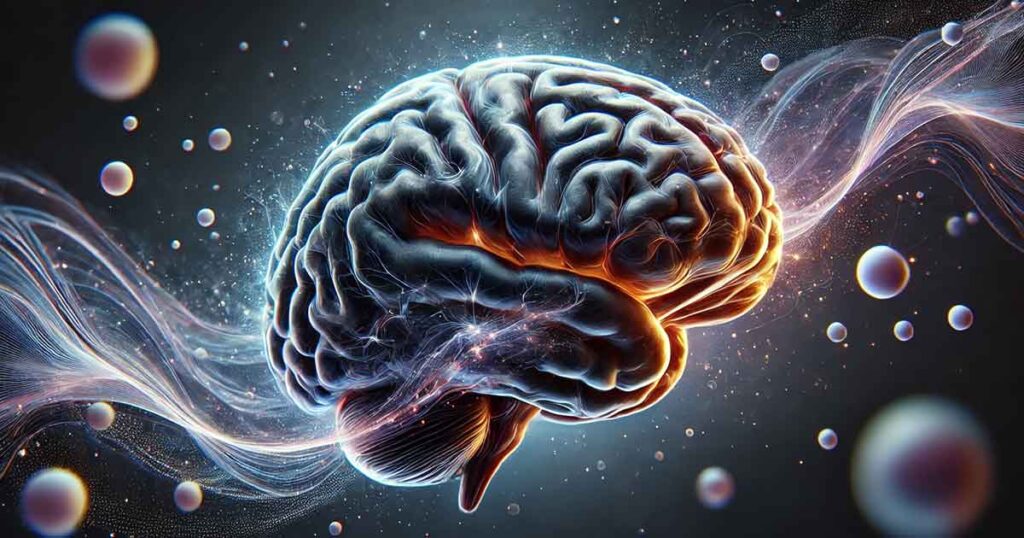Mind-Blowing: How Hydrogel Technology is Revolutionizing Adaptive Behavior!
Hydrogel Adaptive behavior
Adaptive Materials: Hydrogels That Learn and Improve Performance
Scientists have crafted a hydrogel capable of mastering the game Pong, underscoring the notion that even rudimentary materials can manifest adaptive behaviors reminiscent of those found in living organisms.
This groundbreaking research, spearheaded by Dr. Yoshikatsu Hayashi from the University of Reading, also uncovered that analogous hydrogels could emulate cardiac tissue, offering promising new pathways for examining heart arrhythmias and potentially reducing the reliance on animal testing in medical studies.
“Hydrogel Brain” Conquers Pong
Published on August 22 in Cell Reports Physical Science, Dr. Hayashi’s team illustrated how a simple hydrogel—an elastic, pliant material—could learn to play the iconic 1970s computer game ‘Pong’.
By interfacing the hydrogel with a computer simulation of the game through a custom-engineered multi-electrode array, the material exhibited enhanced performance as it ‘learned’ the game.
Adaptive Behavior in Simple Materials
Dr. Hayashi, a prominent biomedical engineer at the University of Reading’s School of Biological Sciences, noted, “Our research indicates that even the most basic materials can display intricate, adaptive behaviors typically associated with living systems or advanced AI.”
This revelation opens up tantalizing possibilities for the development of novel ‘smart’ materials that can learn and adapt within their surroundings.
On August 23, researchers reported in Cell Reports Physical Science that non-living hydrogels could play Pong and refine their gameplay with experience.
By linking the hydrogels to a virtual game environment and applying a feedback loop—where the hydrogel’s paddle, dictated by the distribution of charged particles within the material, responded to the ball’s position encoded by electrical stimuli—researchers observed a 10% improvement in accuracy, leading to extended rallies.
This suggests that non-living materials might possess a rudimentary form of “memory,” enabling them to update their environmental understanding, though further research is required before claiming that hydrogels can truly “learn.”

Learning Mechanisms in Hydrogels
The observed learning behavior is believed to originate from the migration of charged particles within the hydrogel, triggered by electrical stimulation, which generates a form of ‘memory’ within the material. “Ionic hydrogels can replicate the memory mechanisms akin to those in complex neural networks,” explains Vincent Strong, first author and robotics engineer at the University of Reading. “We’ve demonstrated that not only can hydrogels play Pong, but they can also improve their performance over time.”
The study drew inspiration from prior research that showed brain cells in a petri dish could learn to play Pong when electrically stimulated in a manner that provided performance feedback.
Dr. Hayashi, a corresponding author of the study, commented, “Our paper explores whether simple artificial systems can execute closed-loop computations similar to the feedback loops that our brains use to govern our bodies.”
The fundamental principle, both in neurons and hydrogels, is that ion migration and distribution can act as a memory function, correlating with sensory-motor loops within the Pong game. In neurons, ions move within cells, while in hydrogels, they migrate externally.
Hydrogels and Artificial Intelligence
Given that most current AI algorithms are derived from neural networks, the researchers suggest that hydrogels represent a distinct form of “intelligence” that could be harnessed to develop new, simplified algorithms. Future research will delve deeper into the hydrogel’s “memory” by scrutinizing the underlying mechanisms and testing its capabilities in other tasks.
Hydrogel Adaptive behavior: Beating Gel Imitates Cardiac Tissue
In a related study published in Proceedings of the National Academy of Sciences, Dr. Hayashi’s team, in collaboration with Reading colleagues Dr. Zuowei Wang and Dr. Nandini Vasudevan, showcased how a different hydrogel material could be trained to beat in rhythm with an external pacemaker—a pioneering achievement using non-living cells.
Exploring Cardiac Arrhythmias with Hydrogels
The research demonstrated that a hydrogel material could oscillate chemically and mechanically, much like heart muscle cells contracting in unison.
They provided a theoretical framework for understanding these dynamic behaviors. By applying cyclic compressions to the gel, the researchers synchronized its chemical oscillations with the mechanical rhythm. Remarkably, the gel retained this rhythmic memory even after the external pacemaker was deactivated.
Dr. Hayashi remarked, “This marks a crucial advancement towards developing a model of cardiac muscle that might one day be used to explore the interplay of mechanical and chemical signals in the human heart.”
He added, “This breakthrough opens the door to replacing some animal experiments in cardiac research with these chemically-powered gel models.”
Lead author Dr. Tunde Geher-Herczegh emphasized that the findings could revolutionize the study of cardiac arrhythmias—a condition affecting over 2 million people in the UK, characterized by an irregular heartbeat.
She noted, “While irregular heartbeats can be managed with medication or an electrical pacemaker, the biological complexity of heart cells complicates the study of mechanical systems independent of the heart’s chemical and electrical processes.
Our discoveries could pave the way for new treatments for arrhythmia and enhance our understanding of how artificial materials might be used in research and therapies, potentially replacing biological tissues.”
Hydrogel Adaptive behavior: Broader Implications and Future Directions
This research, which bridges the domains of neuroscience, physics, materials science, and cardiac studies, suggests that the fundamental principles underpinning learning and adaptation in living organisms might be more universal than previously believed.
The research team envisions their findings having far-reaching consequences across fields such as soft robotics, prosthetics, environmental sensing, and adaptive materials.
Future endeavors will focus on cultivating more complex behaviors and exploring potential real-world applications, including developing alternative lab models to advance cardiac research and reduce the use of animals in medical studies.
Reference
“Electro-Active Polymer Hydrogels Exhibit Emergent Memory When Embodied in a Simulated Game-Environment” by Strong, Holderbaum, and Hayashi, published on August 22, 2024, in Cell Reports Physical Science. Both projects received funding from the Engineering and Physical Sciences Research Council.
Hydrogel Adaptive behavior







